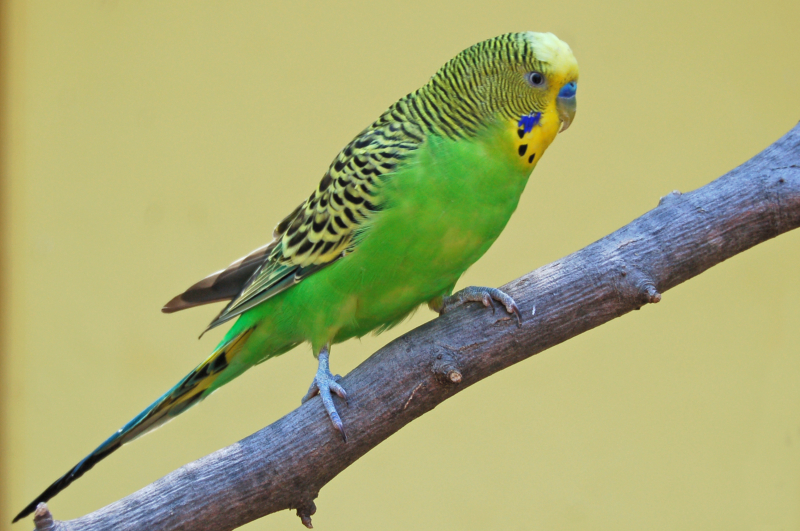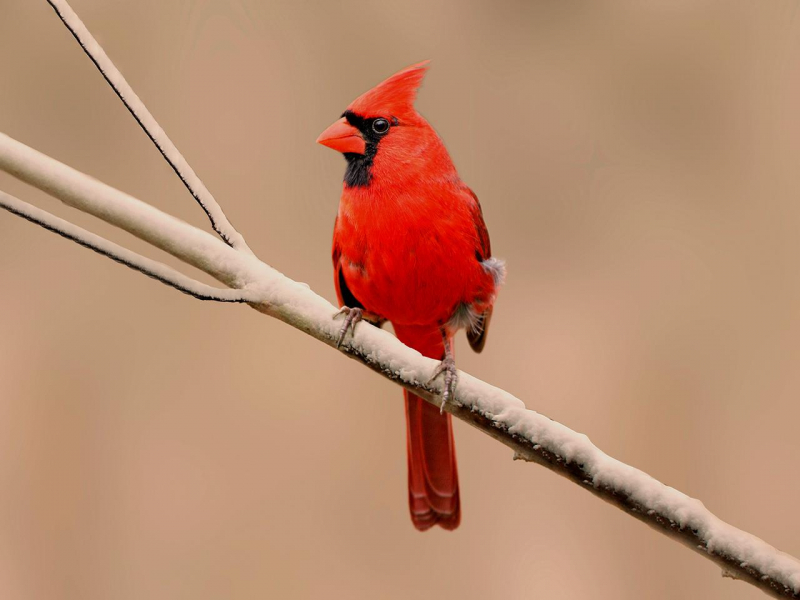Bird
Around 10,000 different bird species can be found worldwide. It is hardly surprising given their enormous numbers that butterflies have a difficult time shedding them. The bird is renowned for its ability to fly, among many other things. It is thought to be the only surviving dinosaur in the world. It has a lightweight skeleton, colorful characteristics, and a four-chambered heart.
The bird has a number of ways to catch its butterfly prey. It can easily swoop in and pick up the insect from the ground if it chooses to scavenge on it. It may also pounce from a tree branch, a tactic that birds frequently employ to catch unaware butterflies. The Black-headed Grosbeak is one of a few birds that isn’t affected by the toxic compound found in monarch butterflies, making it safe for them to consume this insect.
Once a black-headed grosbeak devours a monarch butterfly, you can easily tell because the entire abdomen of the adult butterfly will be missing. These avian species also feed on the cuticle (skin) of the monarch’s abdomen. However, they consider feeding on male monarchs as they contain 30% less poison than female monarch butterflies.








